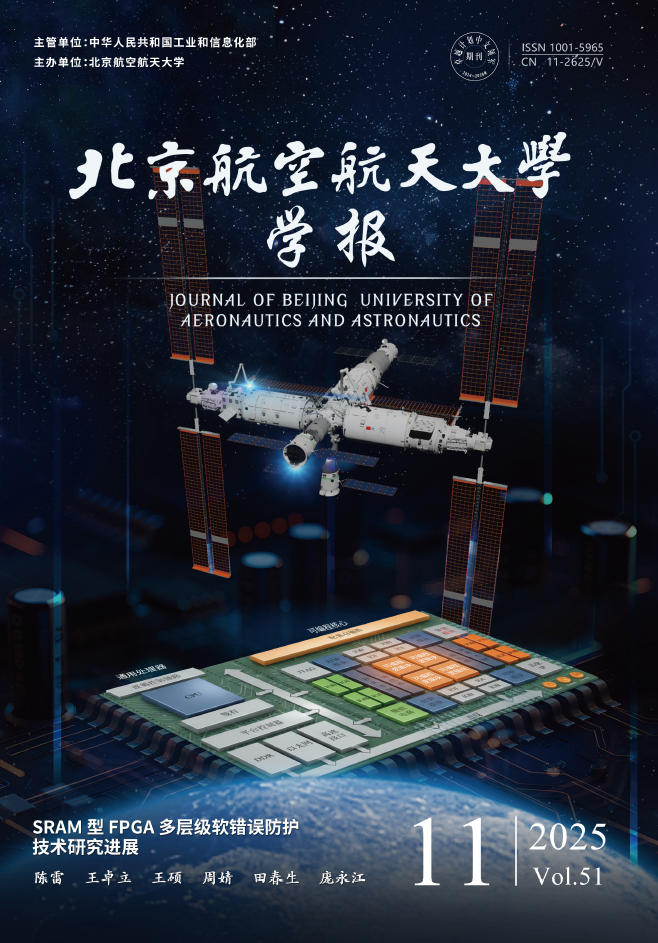2006 Vol. 32, No. 12
2006, 32(12): 1413-1417.
Abstract:
2006, 32(12): 1418-1421.
Abstract:
2006, 32(12): 1422-1426.
Abstract:
2006, 32(12): 1431-1434.
Abstract:
2006, 32(12): 1447-1450.
Abstract:
2006, 32(12): 1451-1454.
Abstract:
2006, 32(12): 1455-1458.
Abstract:
2006, 32(12): 1459-1462.
Abstract:
2006, 32(12): 1477-1480.
Abstract:
2006, 32(12): 1499-1502.
Abstract:







 XML Online Production Platform
XML Online Production Platform

